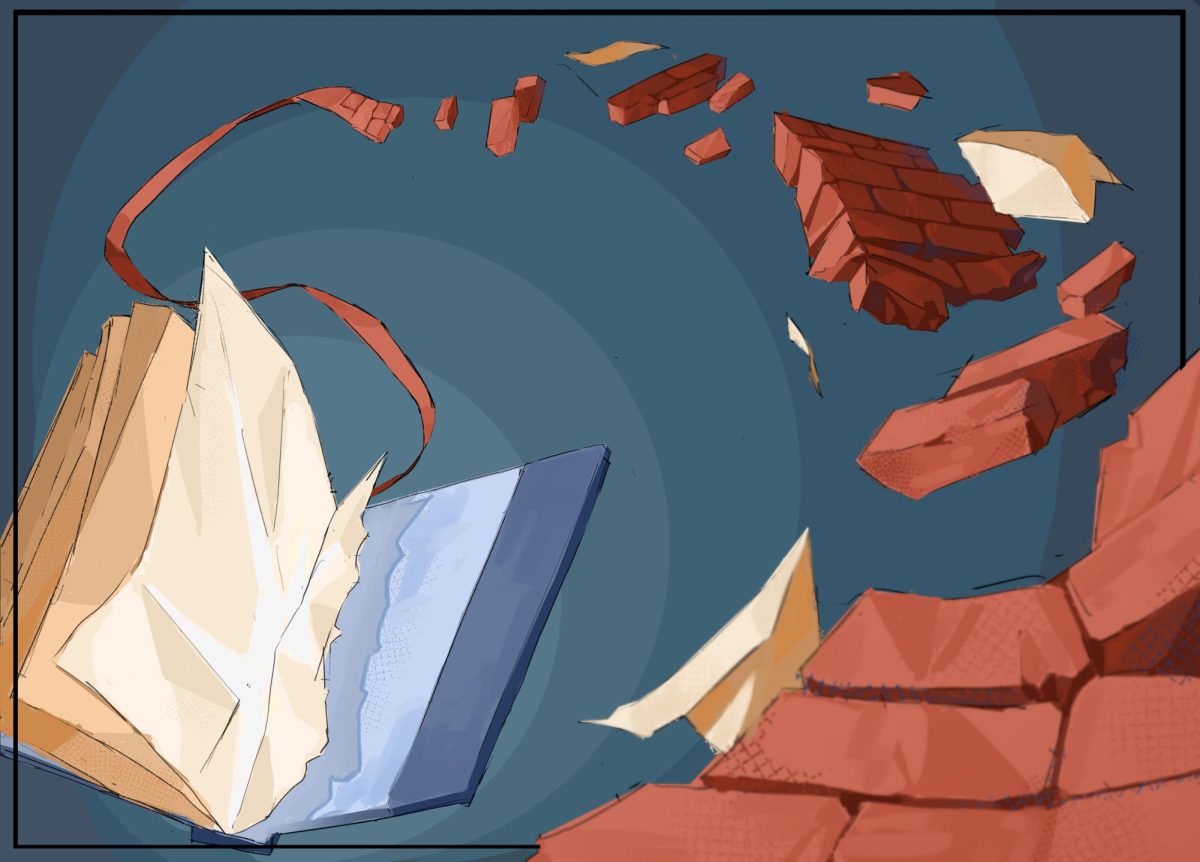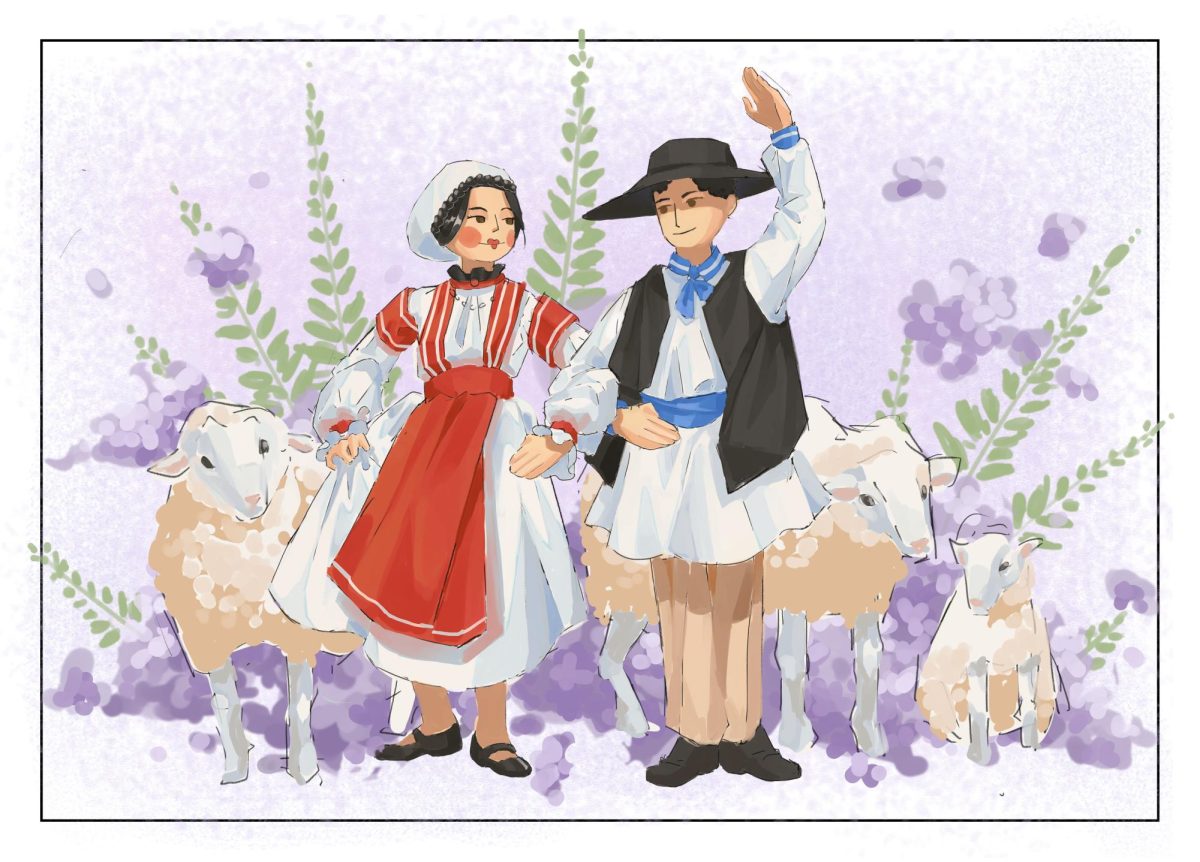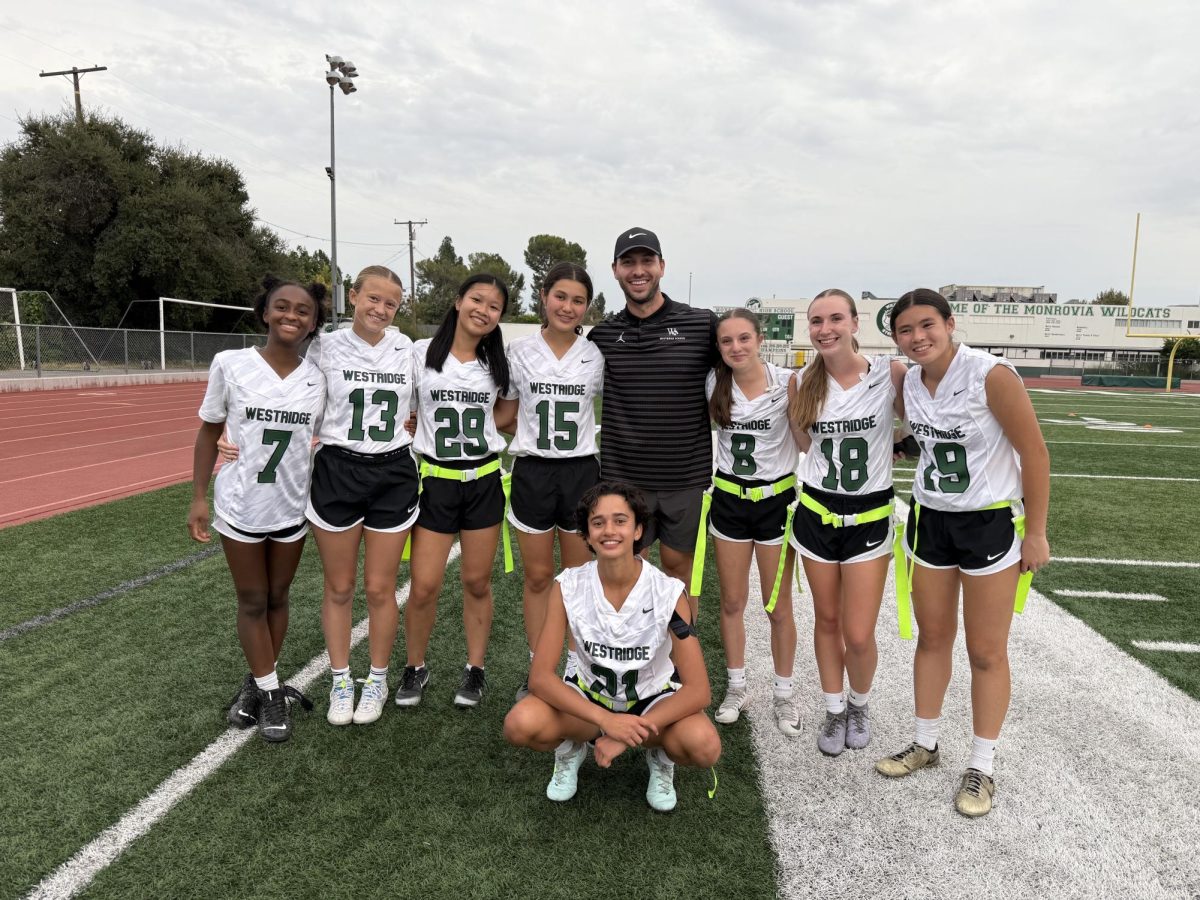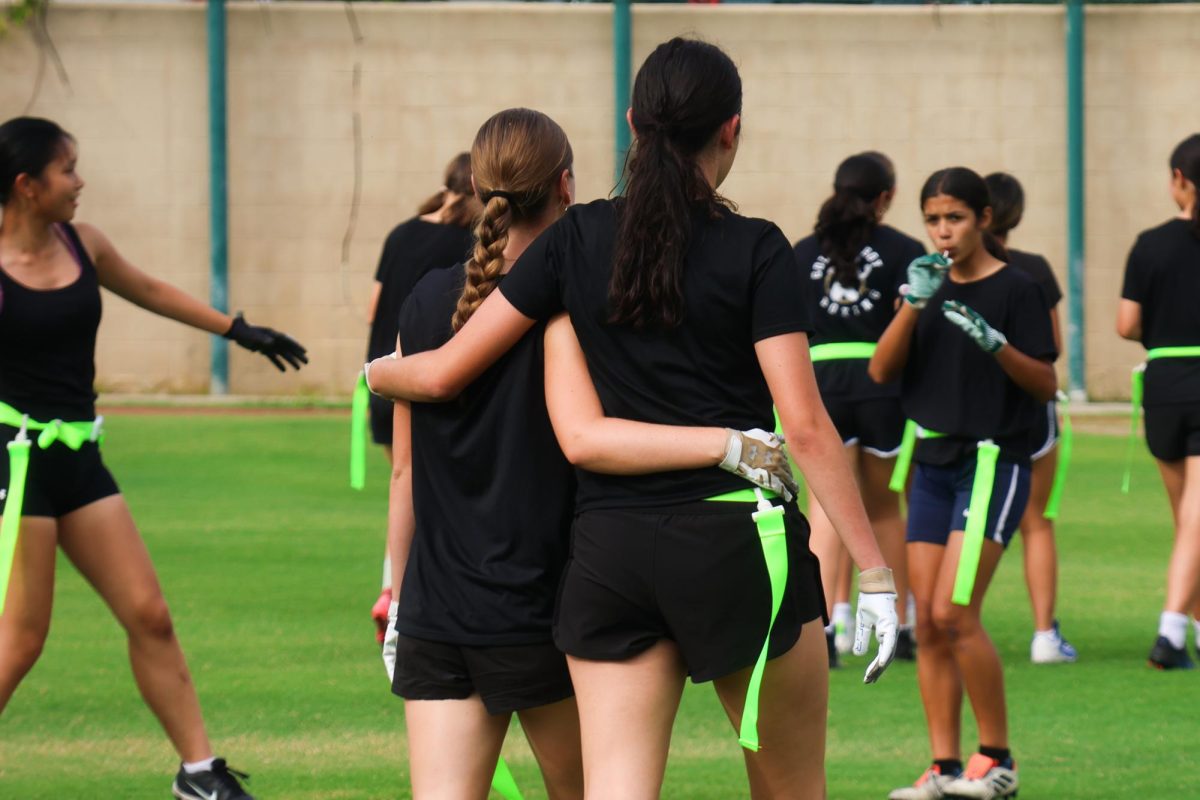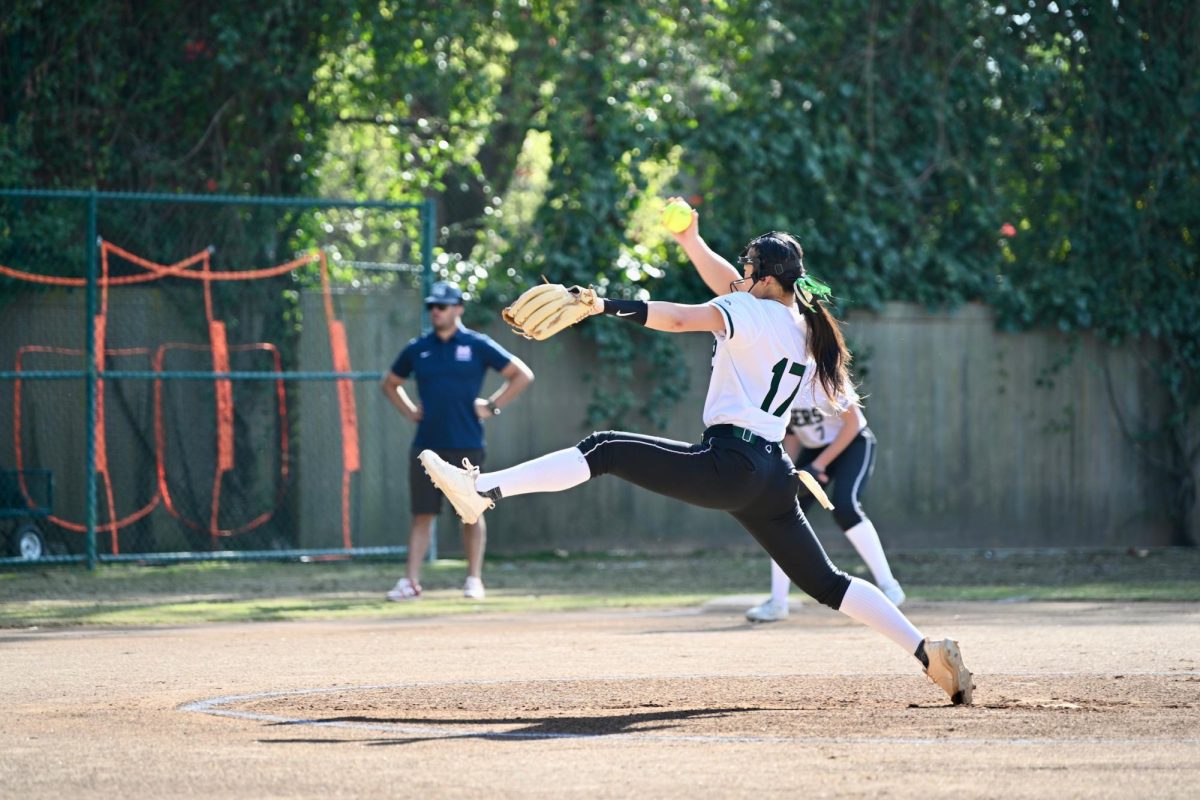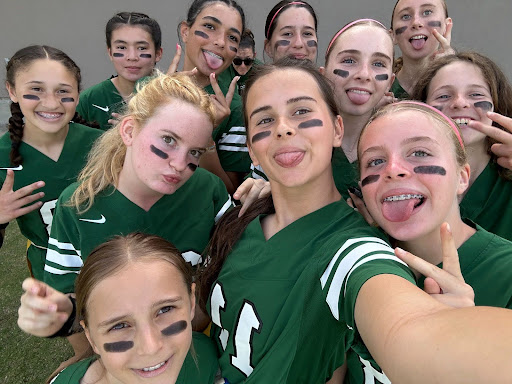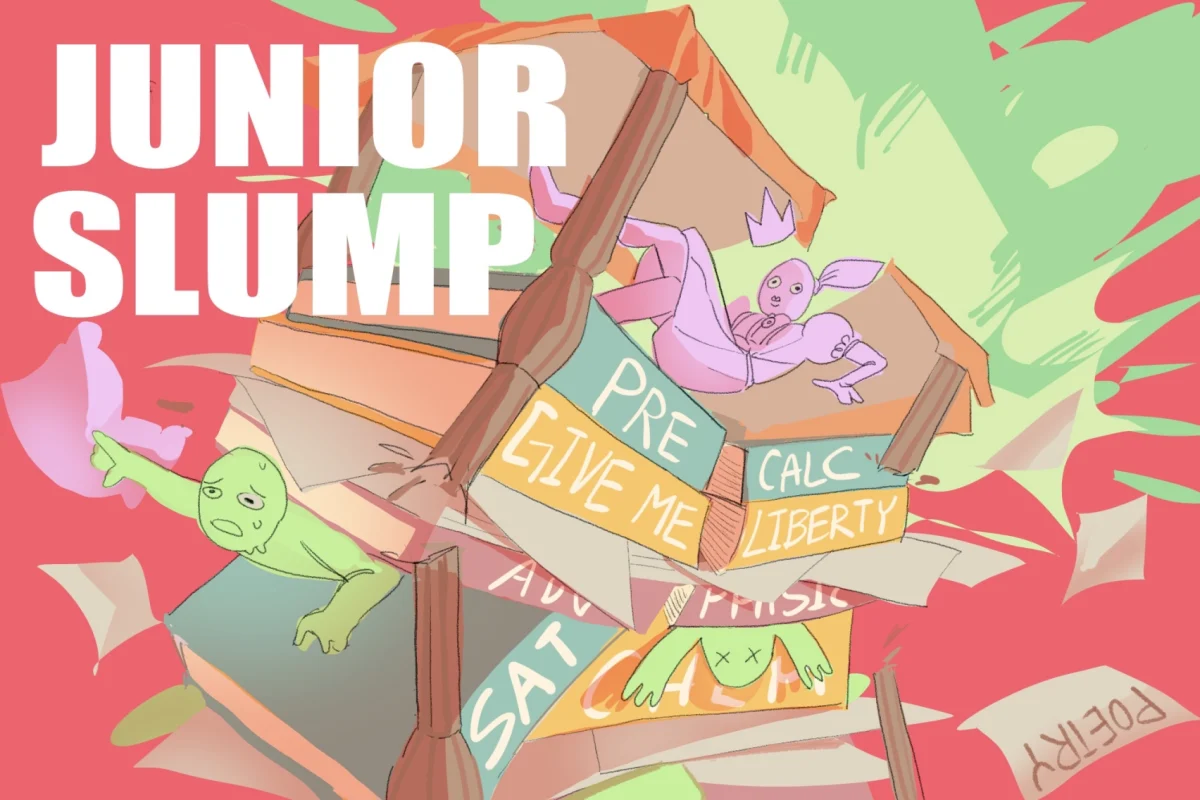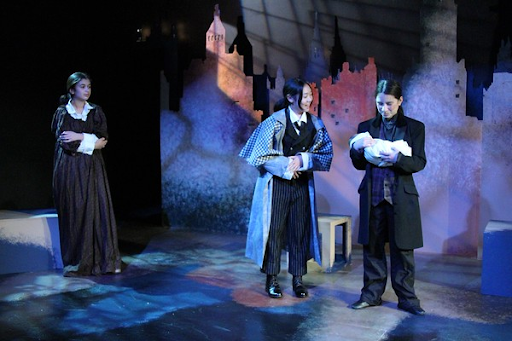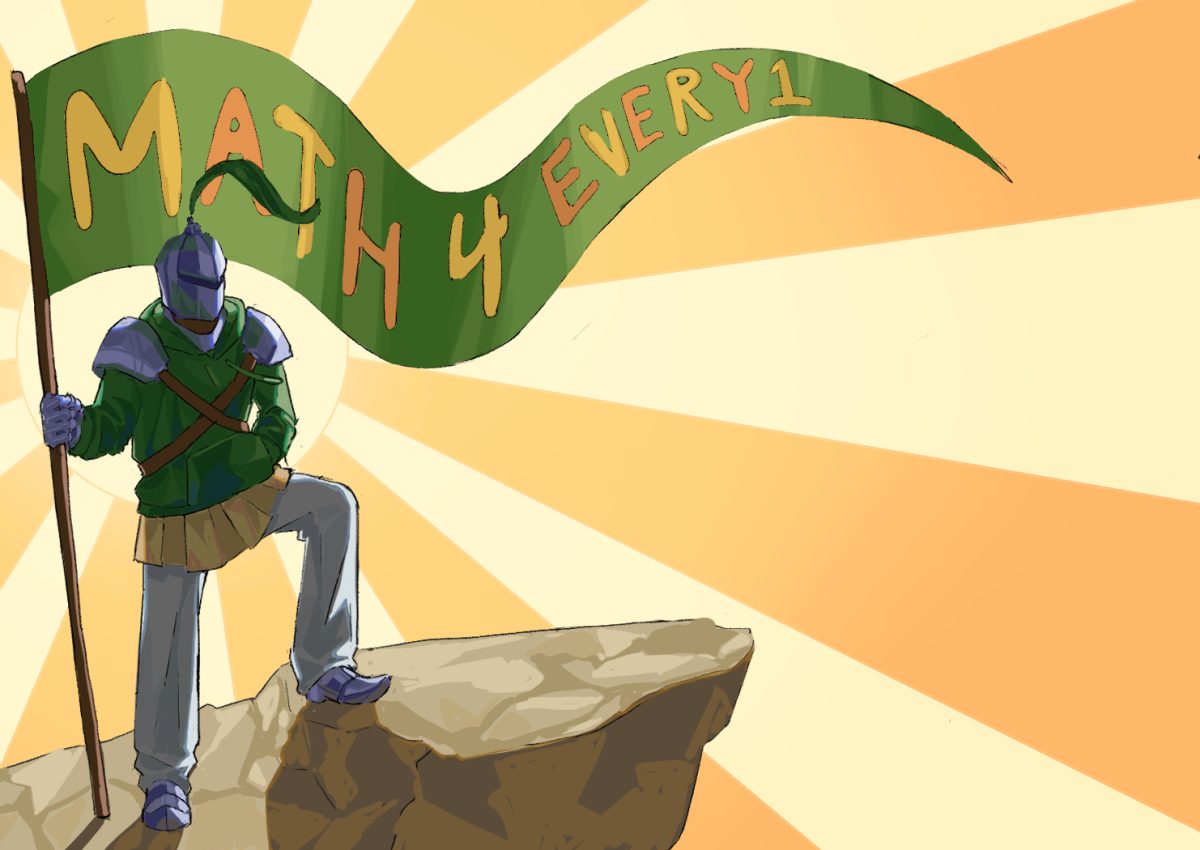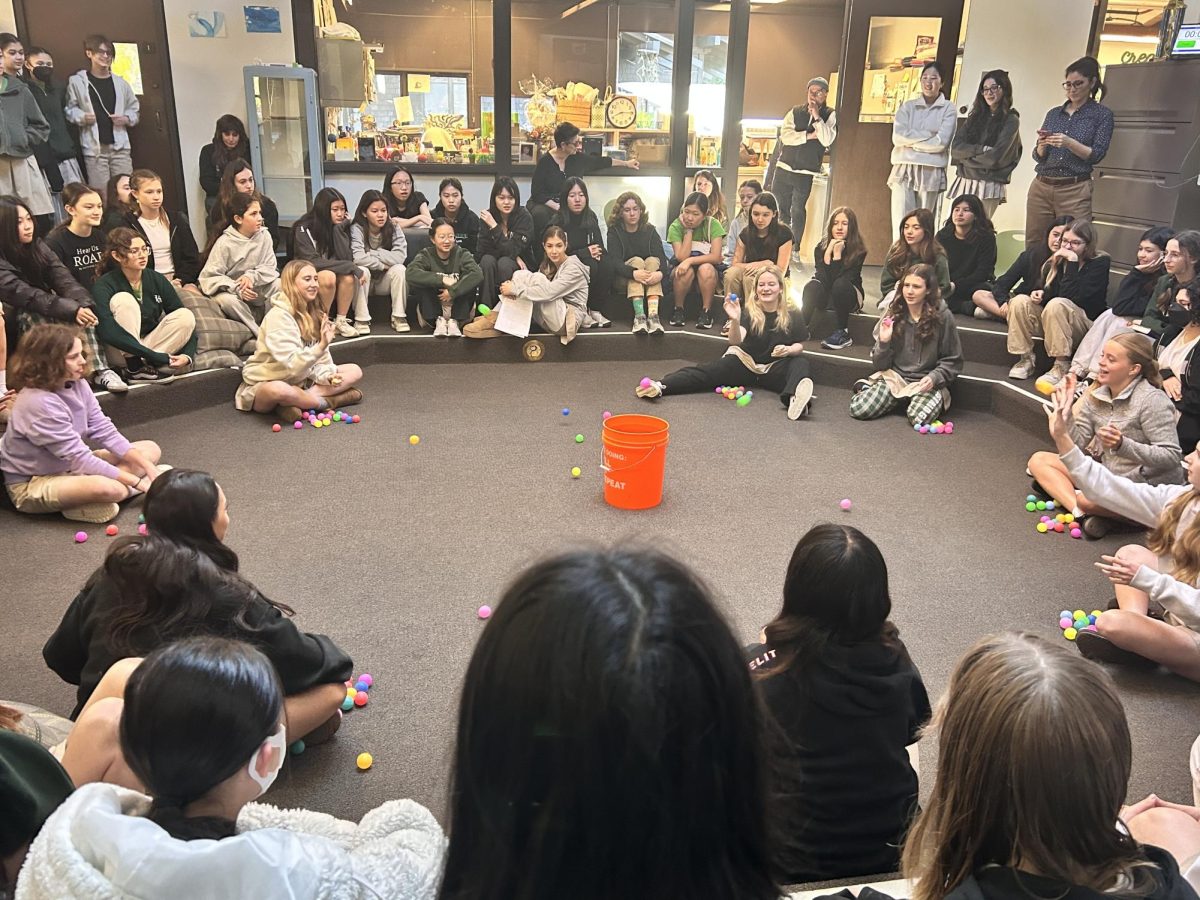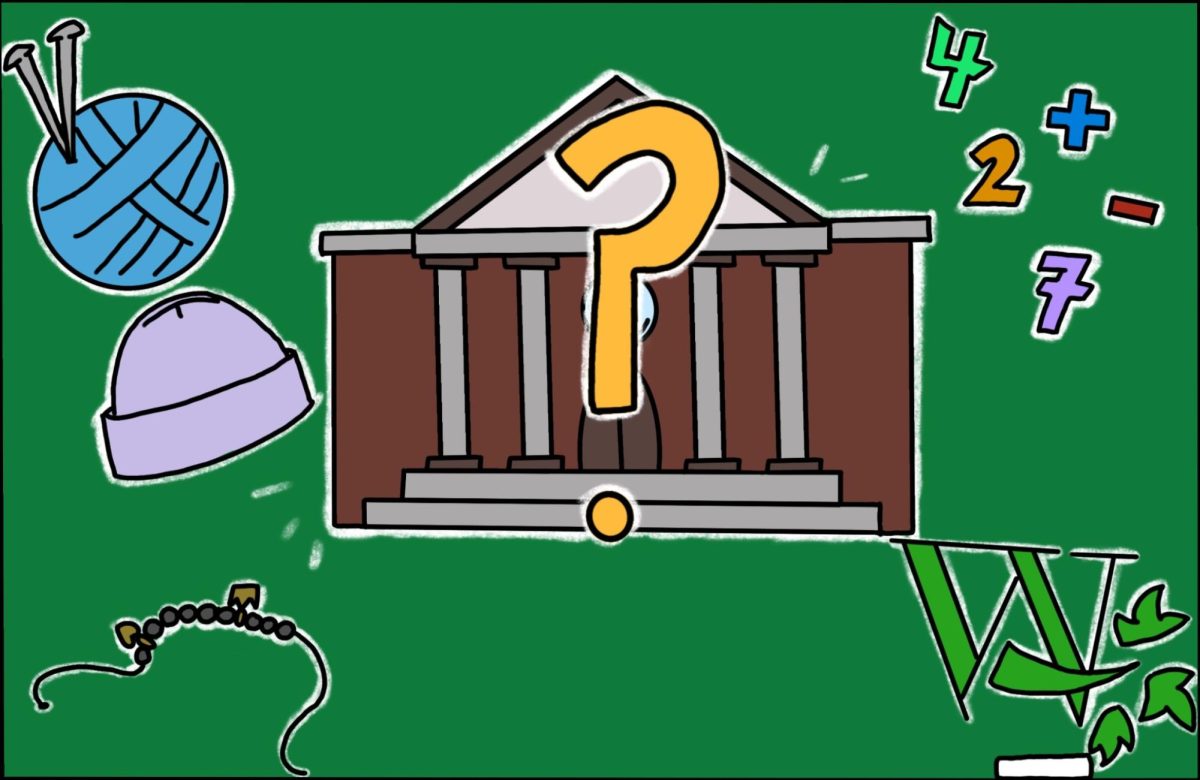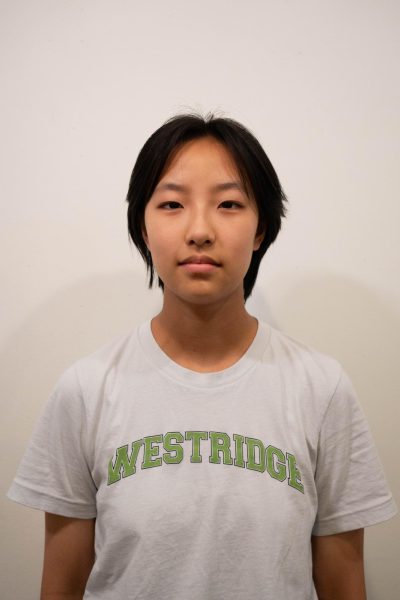Over the past four years, the rising prevalence of artificial intelligence has posed challenges to classrooms– including at Westridge. The survey Spyglass conducted last year indicated that 137 of 305 Upper Schoolers participated in the use of generative AI to learn course material– much to the dismay of many teachers, who are doing their best to respond to a new academic wild west where the use of AI has drastically altered the way students engage with coursework.
In the face of this growing concern, Director of Teaching and Learning Mr. James Evans offered teachers different AI policies to implement within the classroom. The use of AI has also spread in newsrooms; major news outlets, including the New York Times and Associated Press, use AI in assisting both the reporting and editing process of developing news stories. Even school publications, such as Archer’s The Oracle, have begun utilizing Murrow, an artificial intelligence writing coach specifically for journalists.
Despite the obvious benefits to news reporting and writing, Spyglass’s Editorial Board has decided to prohibit the use of generative AI in all aspects of its production. We will not use AI chatbots to produce writing, Design Team thumbnails, photo images, or to assist in editing within our newsroom.
At Spyglass, we firmly believe staff writers’ writing and reporting skills are best cultivated through critical discussion and engagement. That means close reading and analysis, and collaborating with fellow reporters in the newsroom. Artificial intelligence is just that– artificial, and the Spyglass Editorial Board is committed to representing student voice as an authentic student-run endeavor. As members of a school that values “integrity” and “responsibility,” we believe that using AI in our newsroom directly negates these core values.
The one exception to this is Otter.ai, which is a platform writers use to transcribe interviews. Over the past four years, Spyglass has utilized Otter.ai to streamline the transcription process, and reporters read back the transcription before publication to ensure accuracy. The Spyglass Editorial Board views Otter.ai as a tool that simplifies the task of transcription.
Furthermore, though we aim to create a news product for our readers, we are also committed to the process of learning, learning how to think critically, and how to present that information with accuracy, balance, and concision. Participating in Spyglass isn’t just about the writing. Our newsroom is a highly collaborative space where staffers develop the important skills of leadership and collaboration. We can acknowledge that AI is a highly effective tool and would certainly lighten the load of the entire writing process, but we’re more committed to the process of learning than we are to the product of the news site.
The prospect of artificial intelligence threatens our ability to learn and improve as writers. The Spyglass Editorial Board wants our staffers to write and think originally. Spyglass is a space to learn and grow, and for Spyglass to become dependent on AI, we would no longer exemplify student journalism. In a world of artificialness, the Spyglass Editorial Board intends to stay committed to student growth.

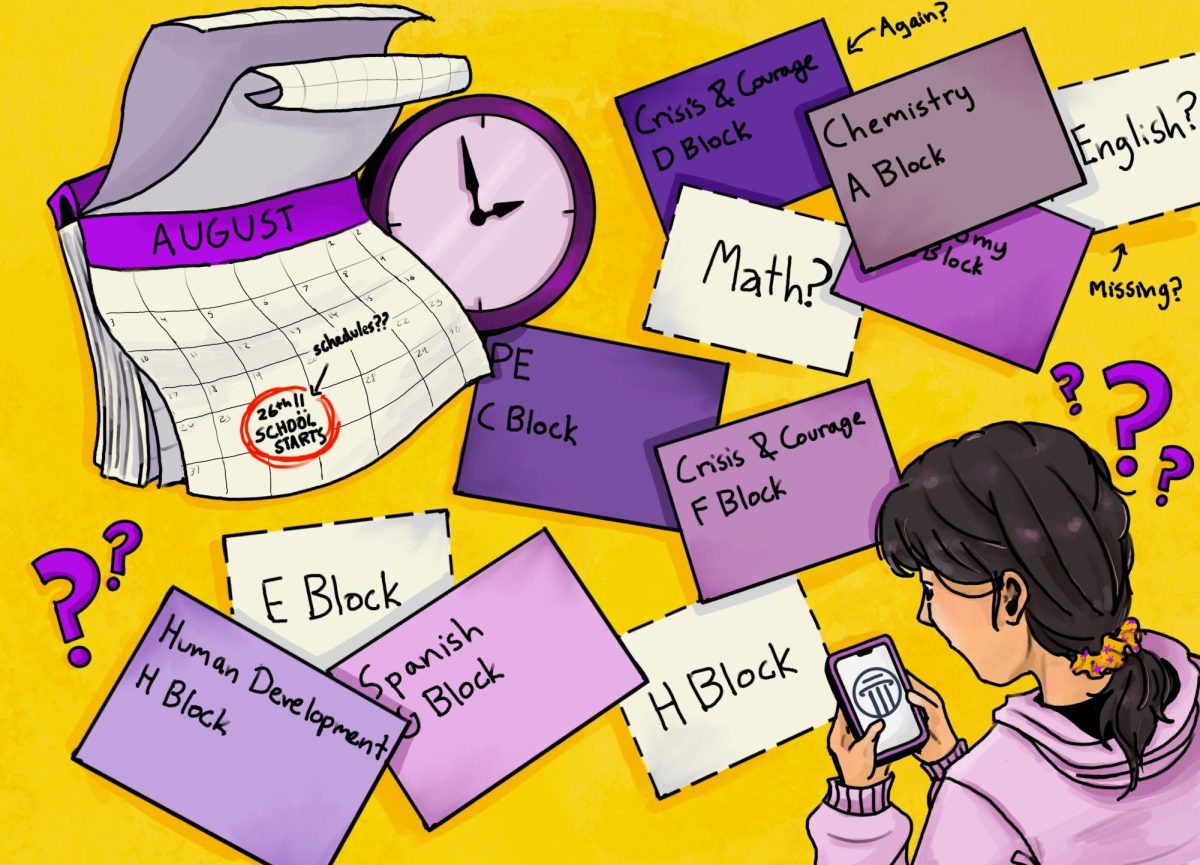
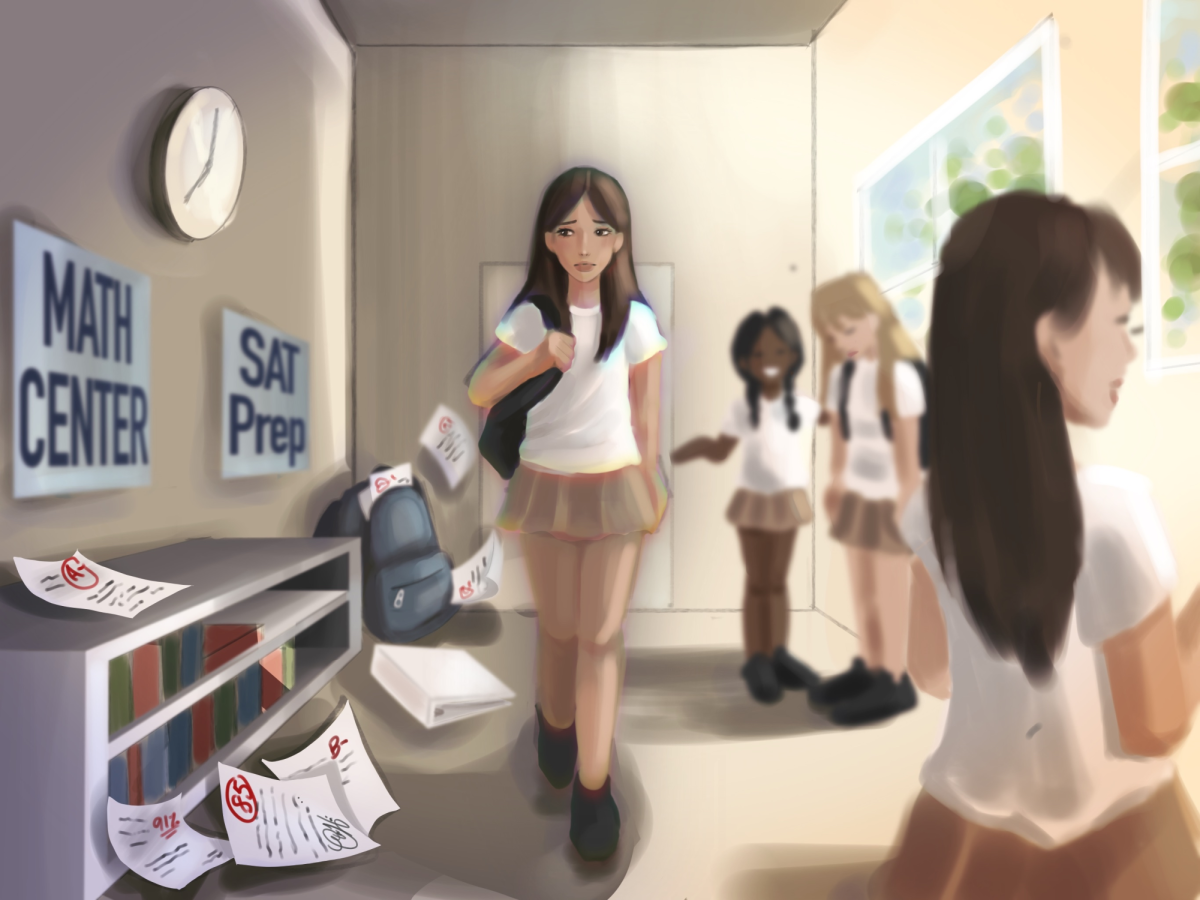



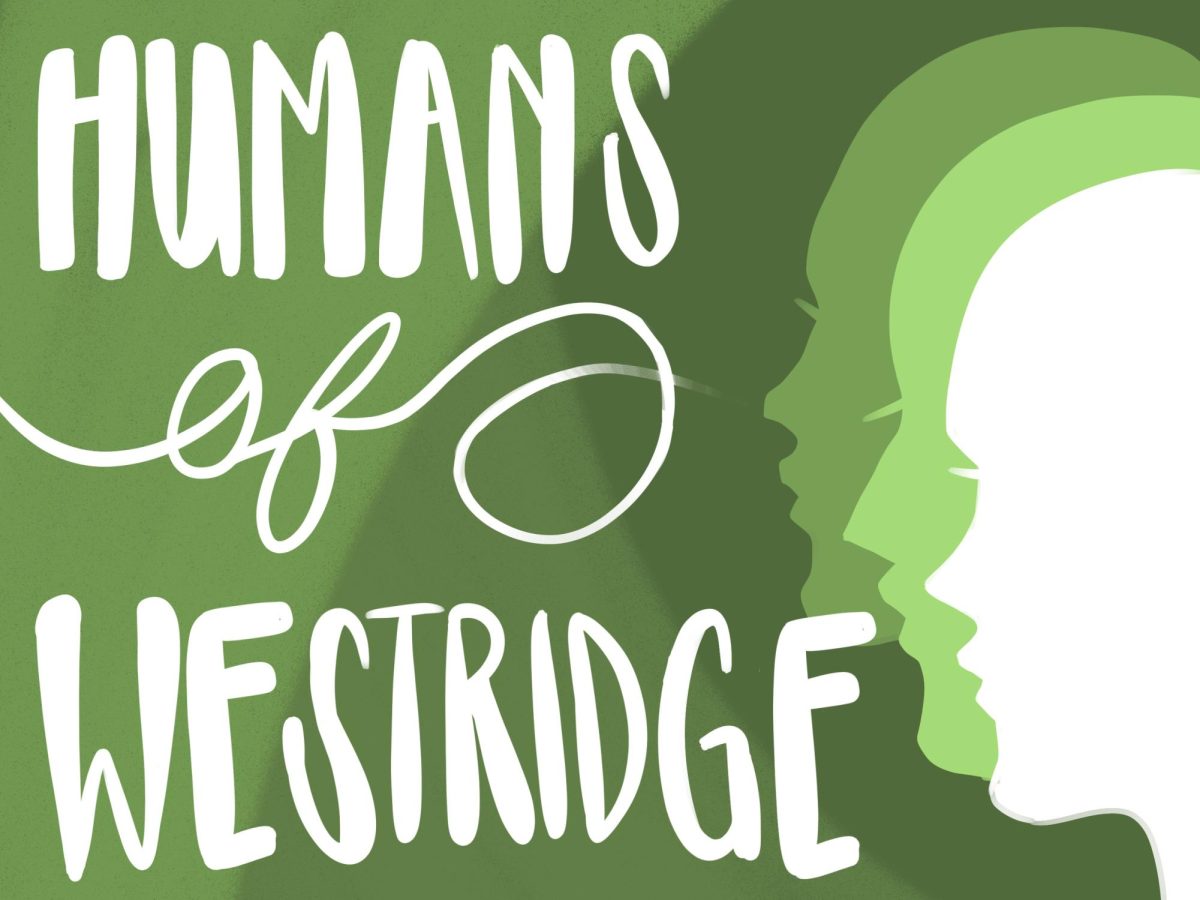



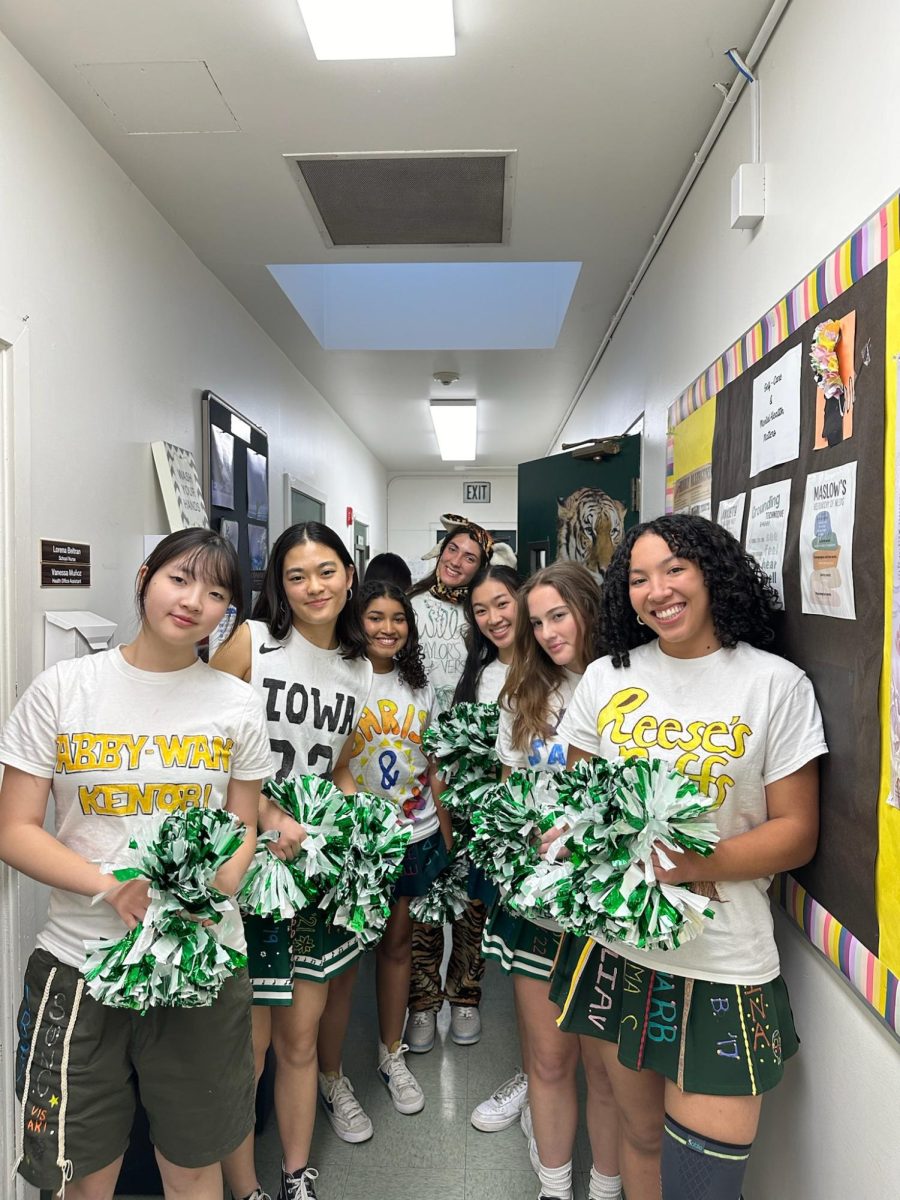
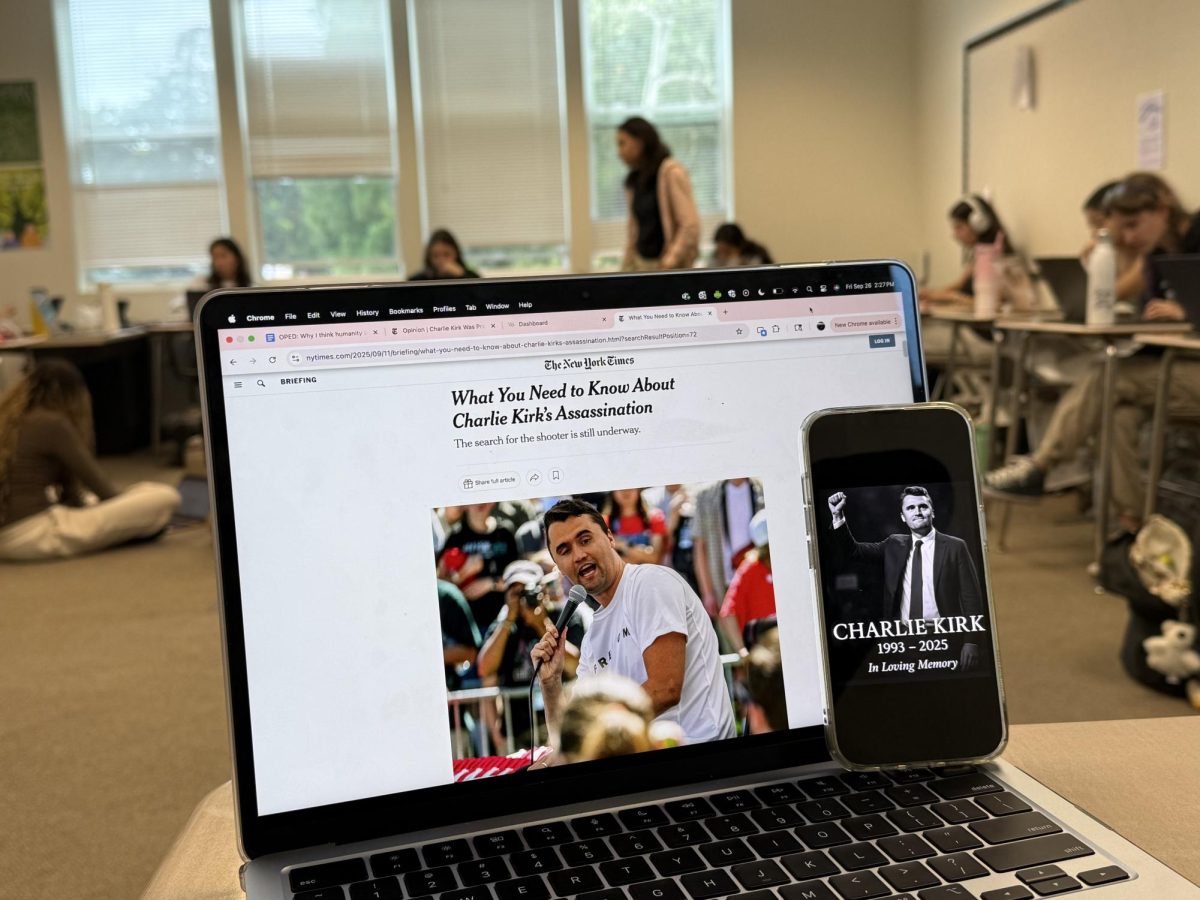
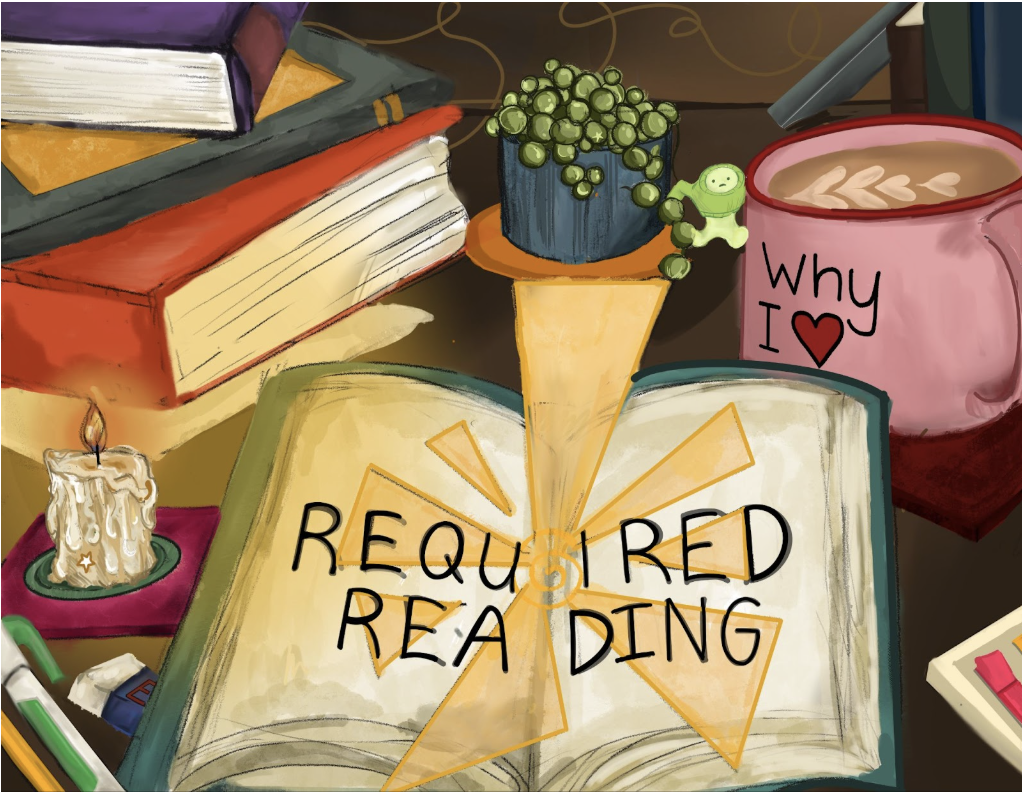
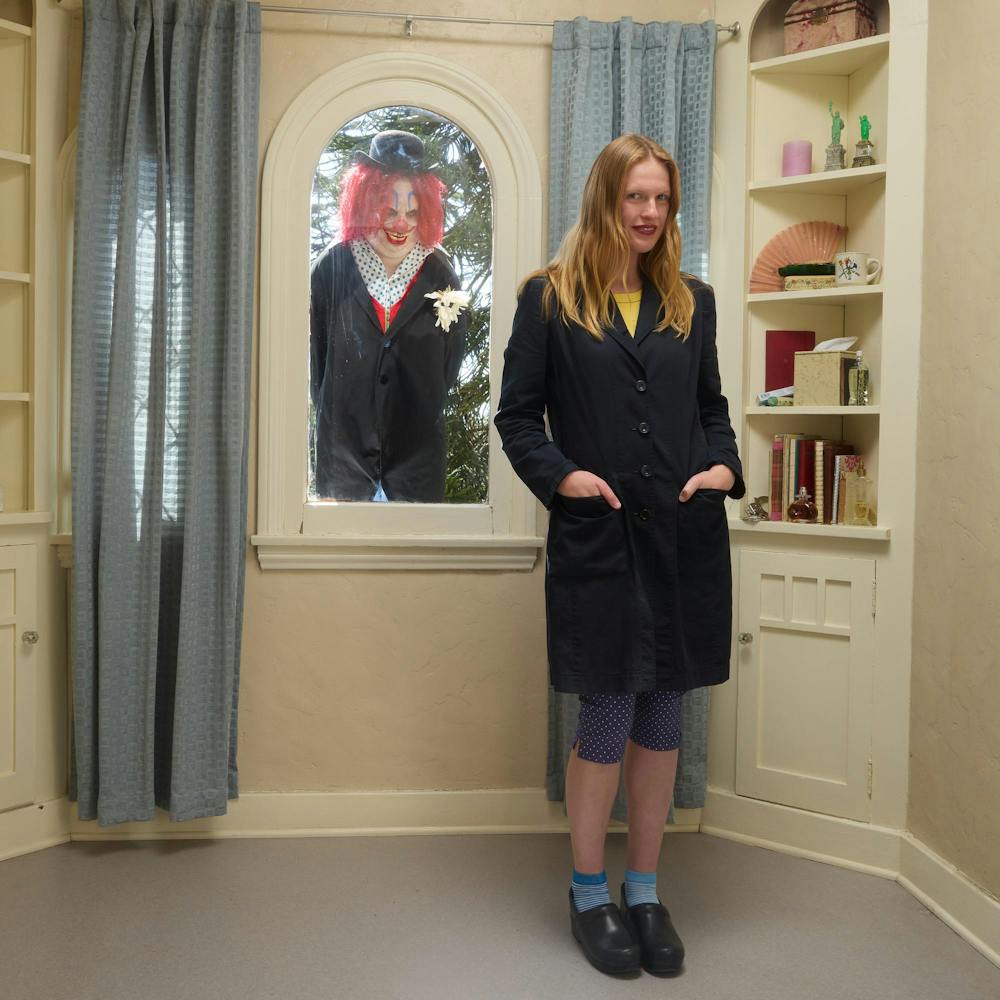
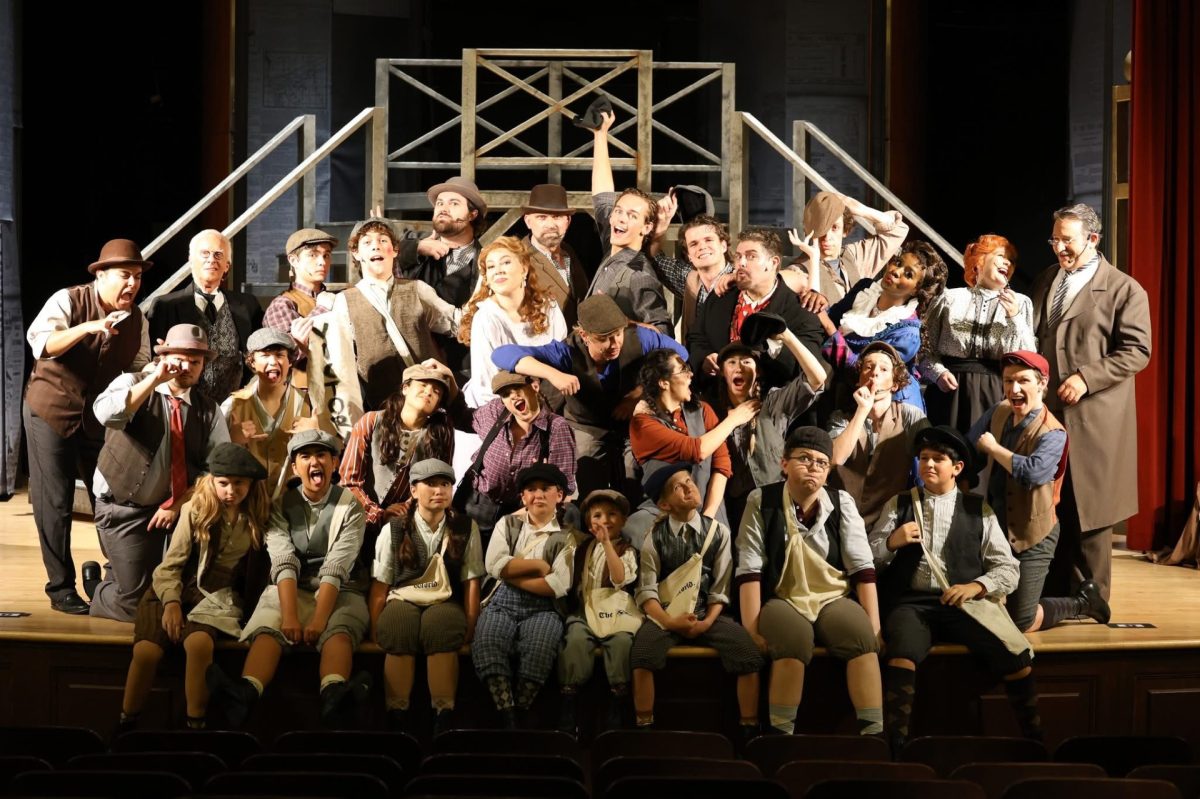
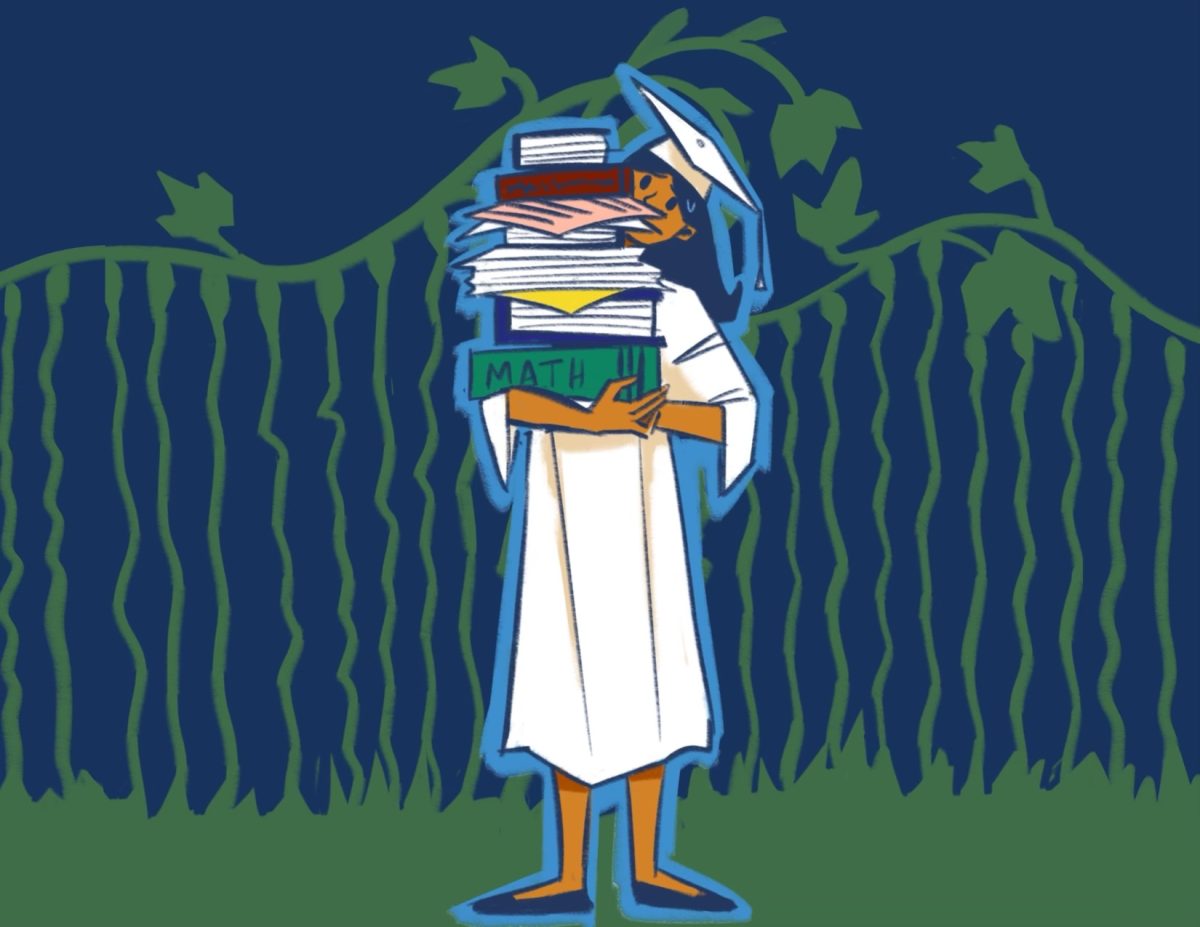
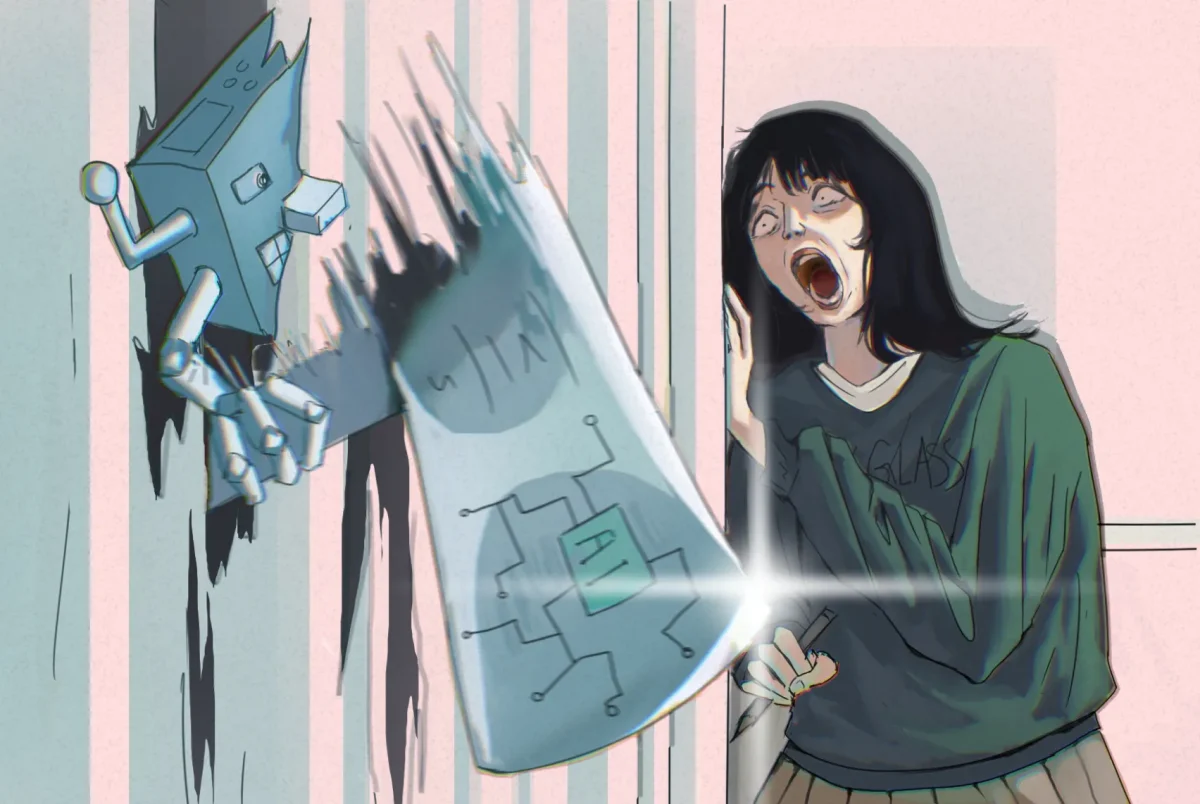





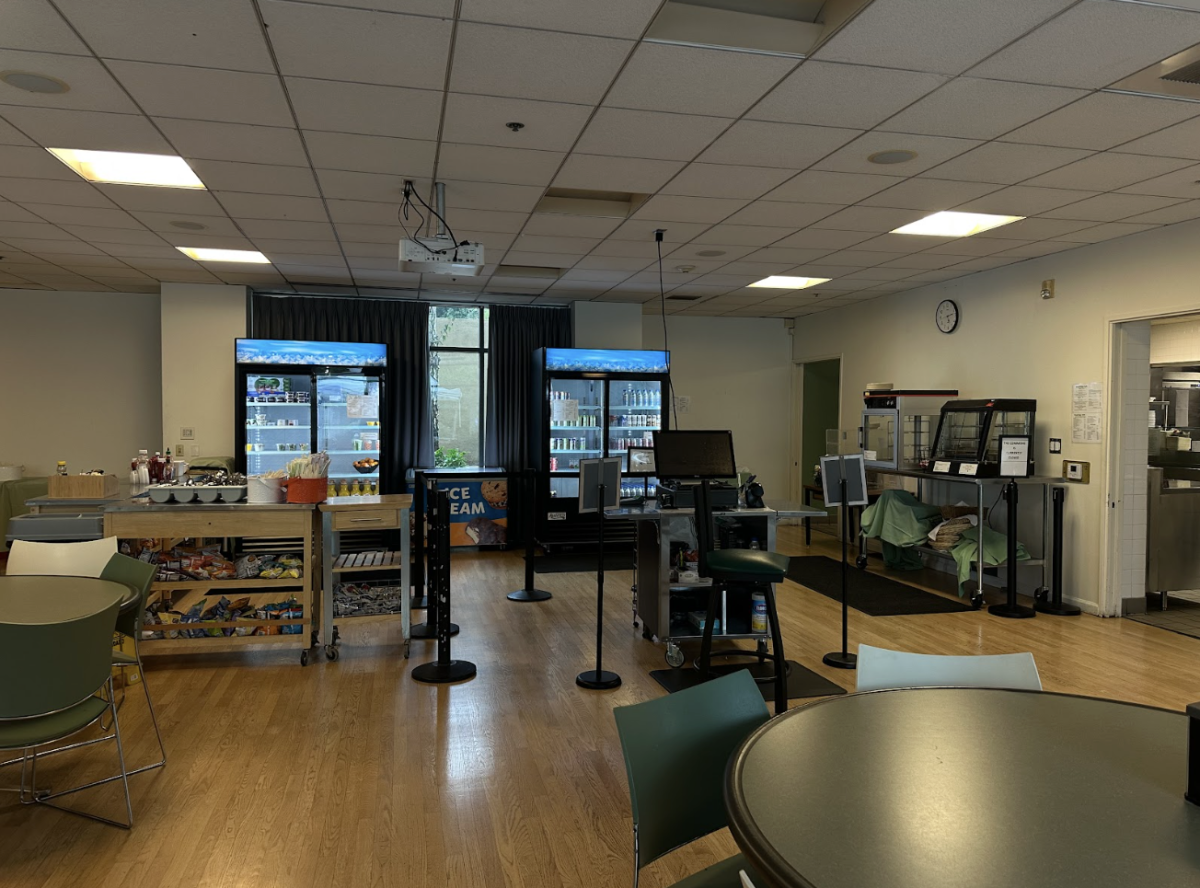


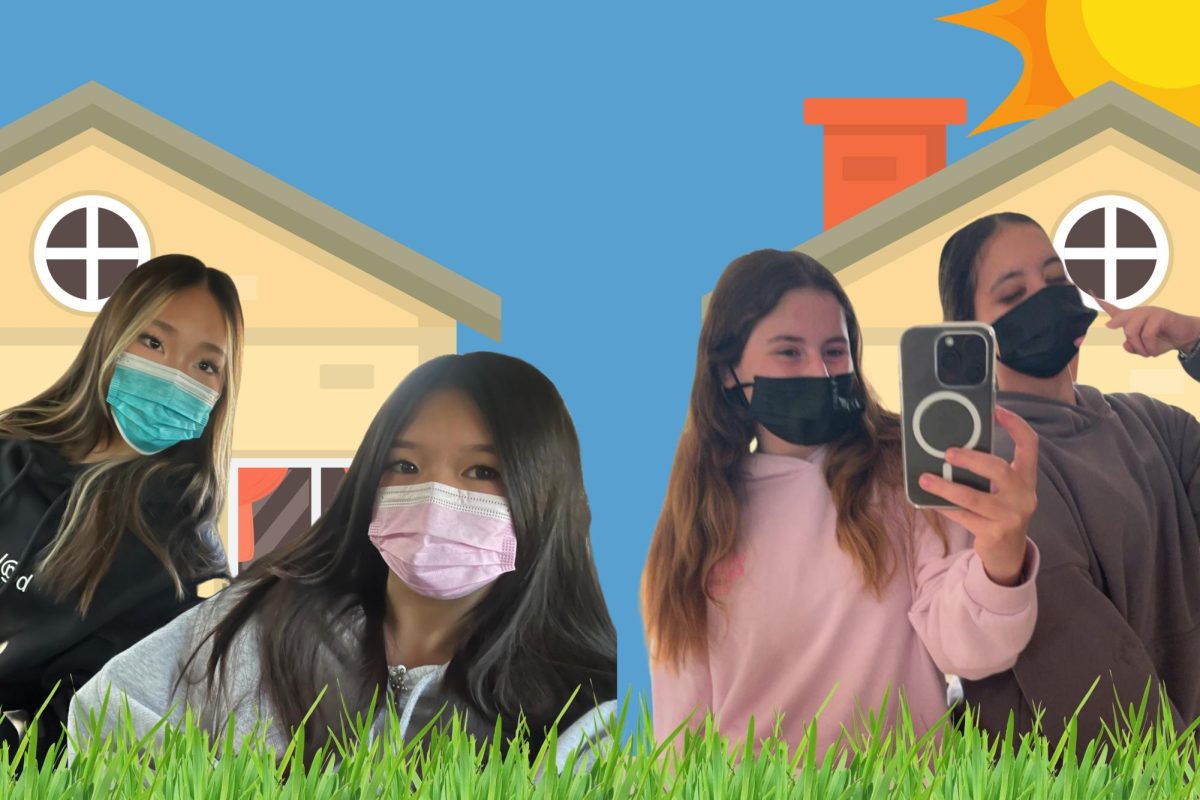
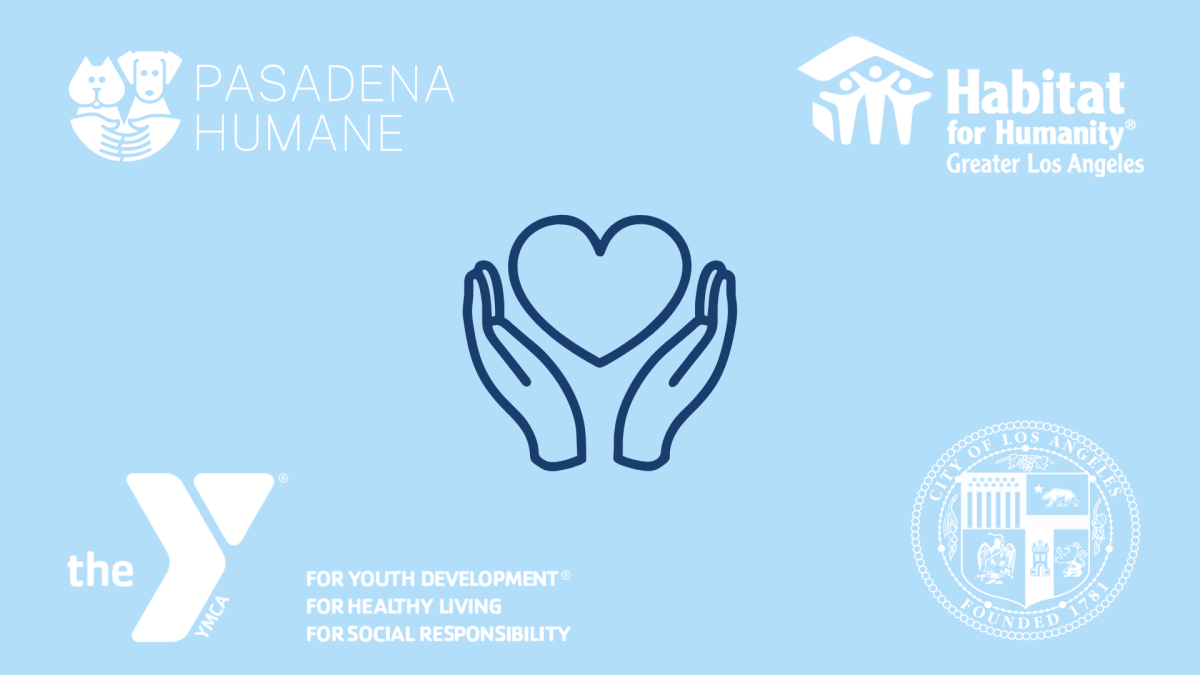

![Dr. Zanita Kelly, Director of Lower and Middle School, pictured above, and the rest of Westridge Administration were instrumental to providing Westridge faculty and staff the support they needed after the Eaton fire. "[Teachers] are part of the community," said Dr. Kelly. "Just like our families and students."](https://westridgespyglass.org/wp-content/uploads/2025/03/dr.-kellyyy-1-e1748143600809.png)
